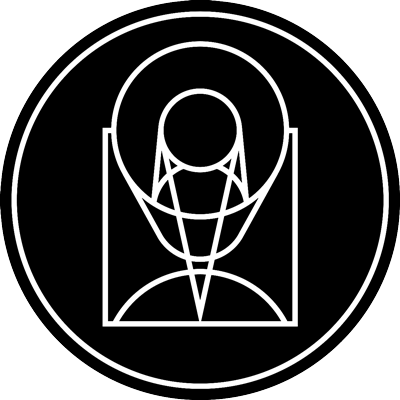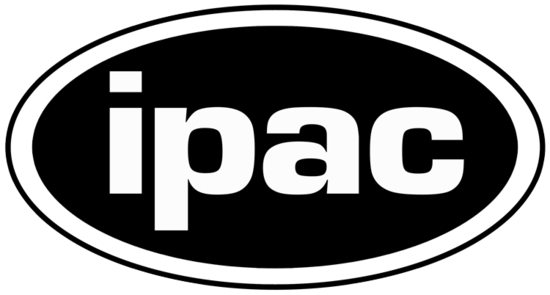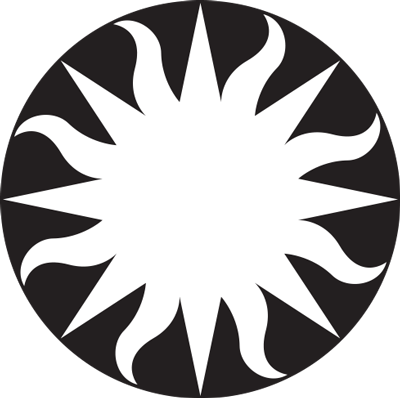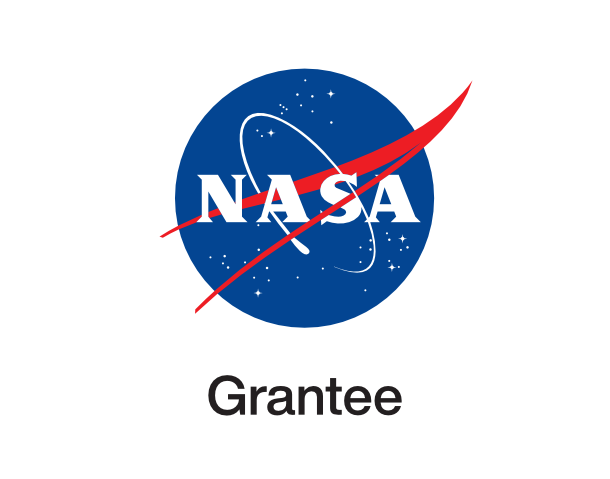Home of Flickering Black Hole

stsci_2018-05b January 11th, 2018
Credit: NASA, ESA, and J. Comerford (University of Colorado)
This is an image of galaxy SDSS J1354+1327 (lower center) and its companion galaxy SDSS J1354+1328 (upper right). The inset panel to the right is a four-color image that combines Hubble red, green and blue filtered exposures with Chandra X-ray observations colored purple. The Hubble image shows the northern bubble of hot ionized gas in the vicinity of a supermassive black hole. The black hole appears to have blasted out jets of bright light from gas it’s accreting from thecompanion galaxy. This happened twice in the past 100,000 years. While astronomers have predicted such objects can flicker on and off as a result of gas-feeding events, this is the first time one has convincingly been caught in the act. The galaxy pair is 900 million light-years from Earth.
Provider: Space Telescope Science Institute
Image Source: https://hubblesite.org/contents/news-releases/2018/news-2018-05
Curator: STScI, Baltimore, MD, USA
Image Use Policy: http://hubblesite.org/copyright/

- ID
- 2018-05b
- Subject Category
- C.5.4.6
- Subject Name
- SDSS J135429.05+132757.2
- Credits
- NASA, ESA, and J. Comerford (University of Colorado)
- Release Date
- 2018-01-11T00:00:00
- Lightyears
- 900,000,000
- Redshift
- 0.063
- Reference Url
- https://hubblesite.org/contents/news-releases/2018/news-2018-05
- Type
- Observation
- Image Quality
- Good
- Distance Notes
- Facility
- Chandra, Hubble, Hubble, Hubble
- Instrument
- ACIS, WFC3/UVIS, WFC3/UVIS, WFC3/IR
- Color Assignment
- Magenta, Blue, Green, Red
- Band
- X-ray, Optical, Optical, Infrared
- Bandpass
- X-ray, B, V, H
- Central Wavelength
- 0.8267, 438, 606, 1600
- Start Time
- Integration Time
- Dataset ID
- Notes
- Coordinate Frame
- ICRS
- Equinox
- 2000.0
- Reference Value
- 208.62127043212, 13.46584244109
- Reference Dimension
- 933.00, 700.00
- Reference Pixel
- 452.99299438159, 236.44912032832
- Scale
- -0.00001102961, 0.00001102961
- Rotation
- -27.56535542136
- Coordinate System Projection:
- TAN
- Quality
- Full
- FITS Header
- Notes
- World Coordinate System resolved using PinpointWCS 0.9.2 revision 218+ by the Chandra X-ray Center
- Creator (Curator)
- STScI
- URL
- http://hubblesite.org
- Name
- Space Telescope Science Institute Office of Public Outreach
- outreach@stsci.edu
- Telephone
- 410-338-4444
- Address
- 3700 San Martin Drive
- City
- Baltimore
- State/Province
- MD
- Postal Code
- 21218
- Country
- USA
- Rights
- http://hubblesite.org/copyright/
- Publisher
- STScI
- Publisher ID
- stsci
- Resource ID
- STSCI-H-p1805b-f-933x700.tif
- Resource URL
- https://mast.stsci.edu/api/latest/Download/file?uri=mast:OPO/product/STSCI-H-p1805b-f-933x700.tif
- Related Resources
- Metadata Date
- 2018-01-05T17:11:03-05:00
- Metadata Version
- 1.2
Detailed color mapping information coming soon...

















